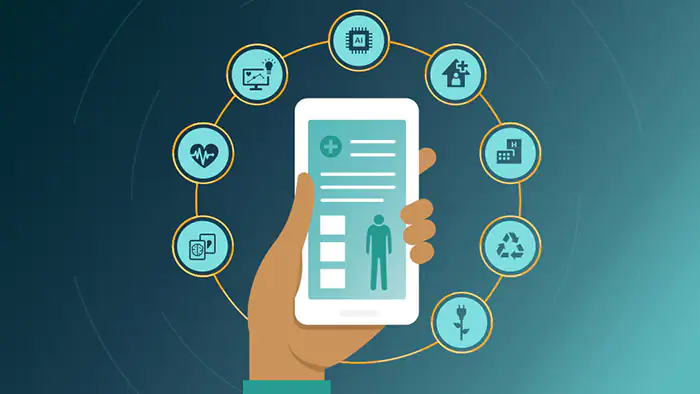The World Health Organization (WHO) estimated that 100 million people have been impoverished in pursuit of healthcare. Fintech originally referred to technologies used by the finance sector to improve service to customers. Over time, this definition has been broadened to include other industries, such as the health sector. Strides in fintech for healthcare are helping to plug some of the gaps that patients experience and providing better access to needed and supporting services (e.g. access to healthy food to promote health and wellbeing). Here we look at recent trends in fintech for healthcare.
Accessibility
Information in the health sector has traditionally been kept under the control of institutions. Advances in technology in the healthcare and financial sectors have made the public’s access to information and transaction available 24/7.
For example, appointments can be booked online at any time without having to call in. Preferred time slots can be chosen to suit the customer’s convenience. Electronic medical records can be accessed to ascertain the results of lab tests at any hour. Virtual appointments reduce travel time and ease the burden on those who are severely restricted in their mobility. Pharmacies can receive a script electronically from the doctor and deliver medication to the patient at home with a variety of payment options available.
Sites offer tentative diagnoses based on symptoms and are available at all times. A simple example is that a person with a sprained ankle has access to the RICE method of treatment, thus being able to avoid a costly consult.
Biometric Wearables
Control of health has been placed in the hands of the public with biometric wearables. These devices can track how many steps you have taken in a day, keep track of calorie intake, measure blood pressure and heart rate, and advise susceptible people of changes in barometric pressure that bring on flares in migraines and rheumatoid arthritis, to name a few.
These services enable people to take greater accountability for their health and prevent or minimise disease conditions. They can also alert a person when medical help is required. For example, the elderly can wear a device that calls for emergency services if they fall.
Digital Twins
Big data can analyze the reams of data coming in from wearables against what is known or being learned about medical conditions from hospital records, for example. This can be used with the digital twin system to anticipate how a single individual might be affected by their lifestyle choices, e.g., diet. ‘What if’ scenarios can predict that x% of people with y disease have a shortened lifespan when they consume certain items and alert a wearable user if they fall into this group. This allows the individual to make healthier choices.
Although still in its infancy, this trend shows real promise. For example, the Optum Solutran merger took place in 2021 and falls under the UnitedHealth Group. Fintech is an important element of how they do business. It benefits consumers, making use of the service faster, more streamlined, and personalized.
Artificial Intelligence Analysis
Patients with chronic disease may have been prescribed multiple medications. These drugs may interact in harmful ways and put certain patients at greater risk of cardiovascular events, for example. AI combines research and records on millions of cases to predict when certain drug combinations are likely to cause an adverse reaction.
It is these personalized treatment plans that make fintech an effective solution in the healthcare sector.

